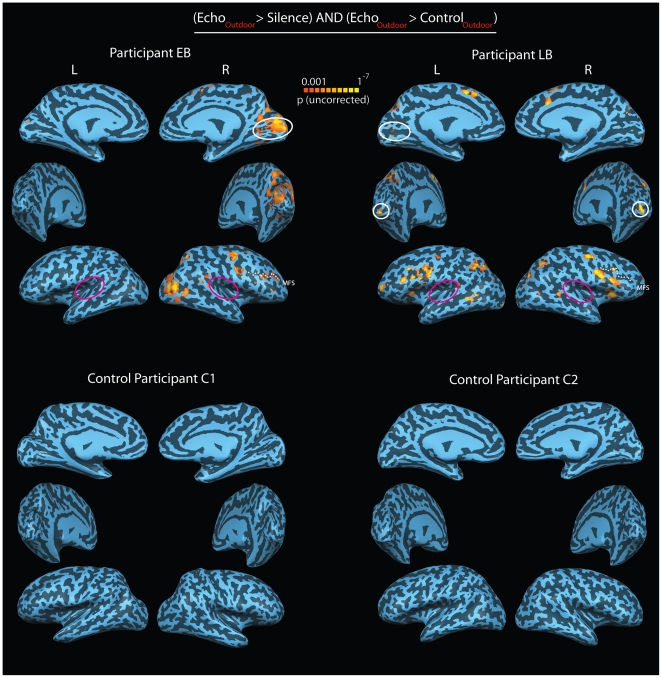Figure 3. BOLD activity projected on participants reconstructed and partially inflated cortical surface.
Marking of cortical surfaces and abbreviations as in Figure 2. Top panel: Contrast between activations for outdoor recordings containing echoes from objects and recordings that did not contain such echoes for EB and LB. During the experiment EB and LB listened to outdoor scene recordings and judged whether the recording contained echoes reflected from a car, tree or pole or no object echoes at all. Each participant listened to recordings of his own clicks and echoes as well as to recordings of the other person (see Figure 1G for behavioral results; for example sounds listen to Sound S12 and Sound S13). Bottom panel: Contrast between activations for outdoor recordings containing echoes from objects and recordings that did not contain such echoes for C1 and C2. The task was the same as for EB and LB and each participant listened to recordings they had trained with as well as to the recordings of the other person, e.g. C1 listened to both EB's and LB's recordings (see Figure 1G for behavioral results). It is evident that both EB and LB, but not C1 or C2, show increased BOLD activity in the calcarine sulcus for recordings that contain echoes (highlighted in white). EB mainly shows increased activity in the calcarine sulcus of the right hemisphere, whereas LB shows activity at the apex of the occipital lobes of the right and left hemisphere, as well as in the calcarine sulcus of the left hemisphere. In addition, both EB and LB, but not C1 or C2, show an increase in BOLD activity in along the medial frontal sulcus. This result most likely reflects the involvement of higher order cognitive and executive control processes during echolocation. There is no difference in BOLD activity along the lateral sulcus for any participant, i.e. Auditory Complex (highlighted in magenta). This result was expected because the Echo stimuli and the Control stimuli had been designed in a way that minimized any spectral, temporal or intensity differences. No BOLD activity differences were found when activations for EB's recordings were contrasted with activations for LB's recordings.

